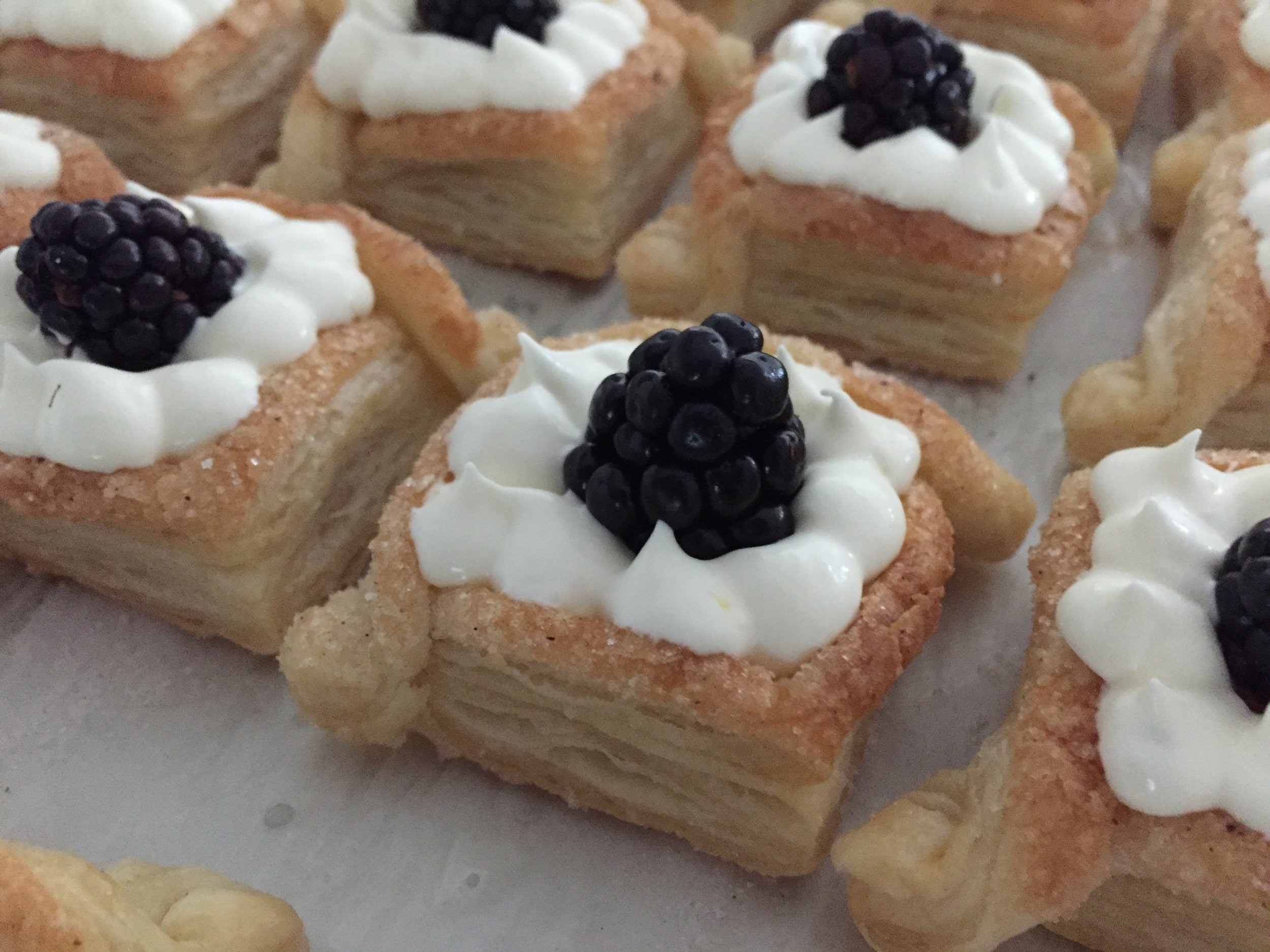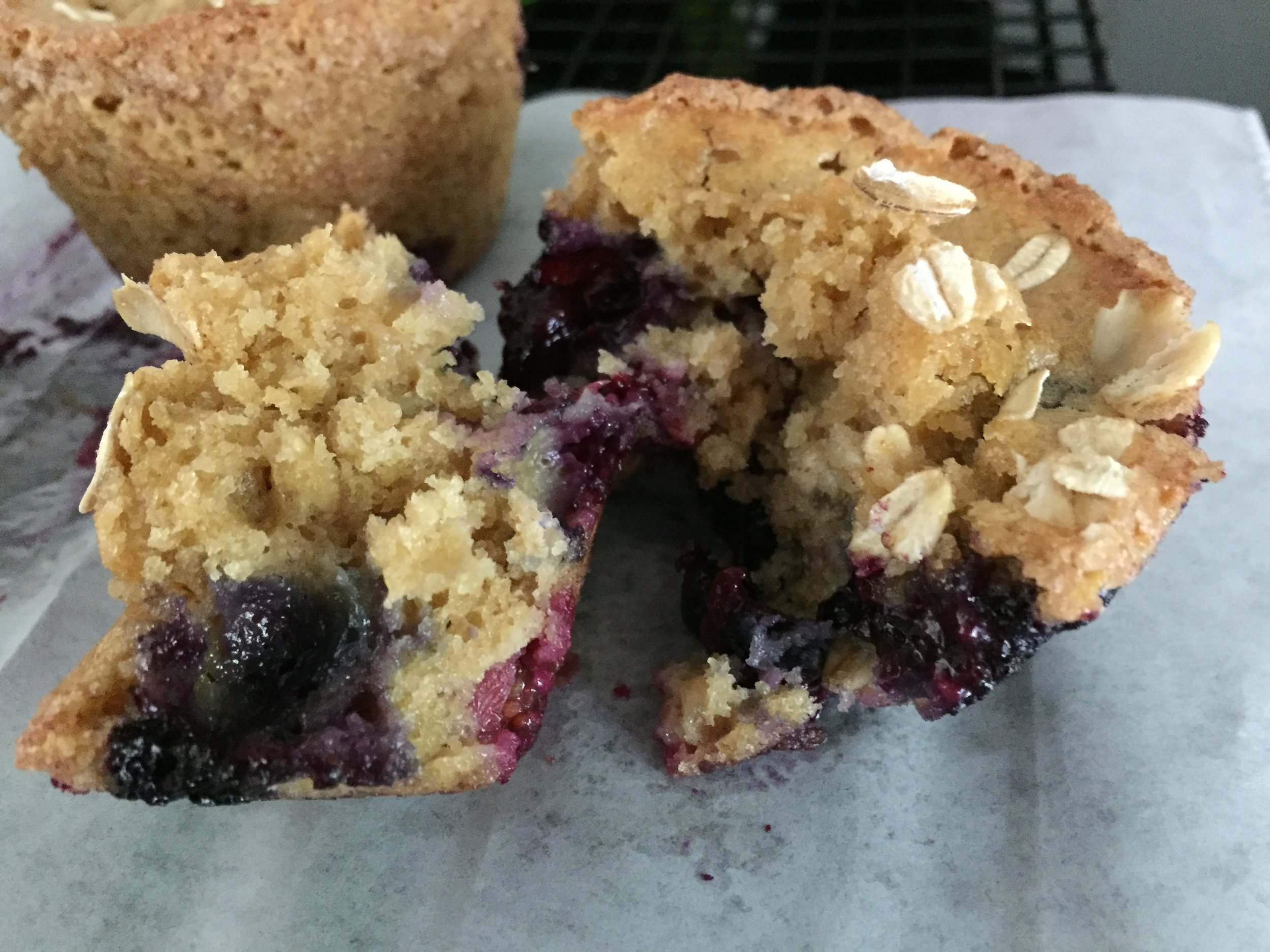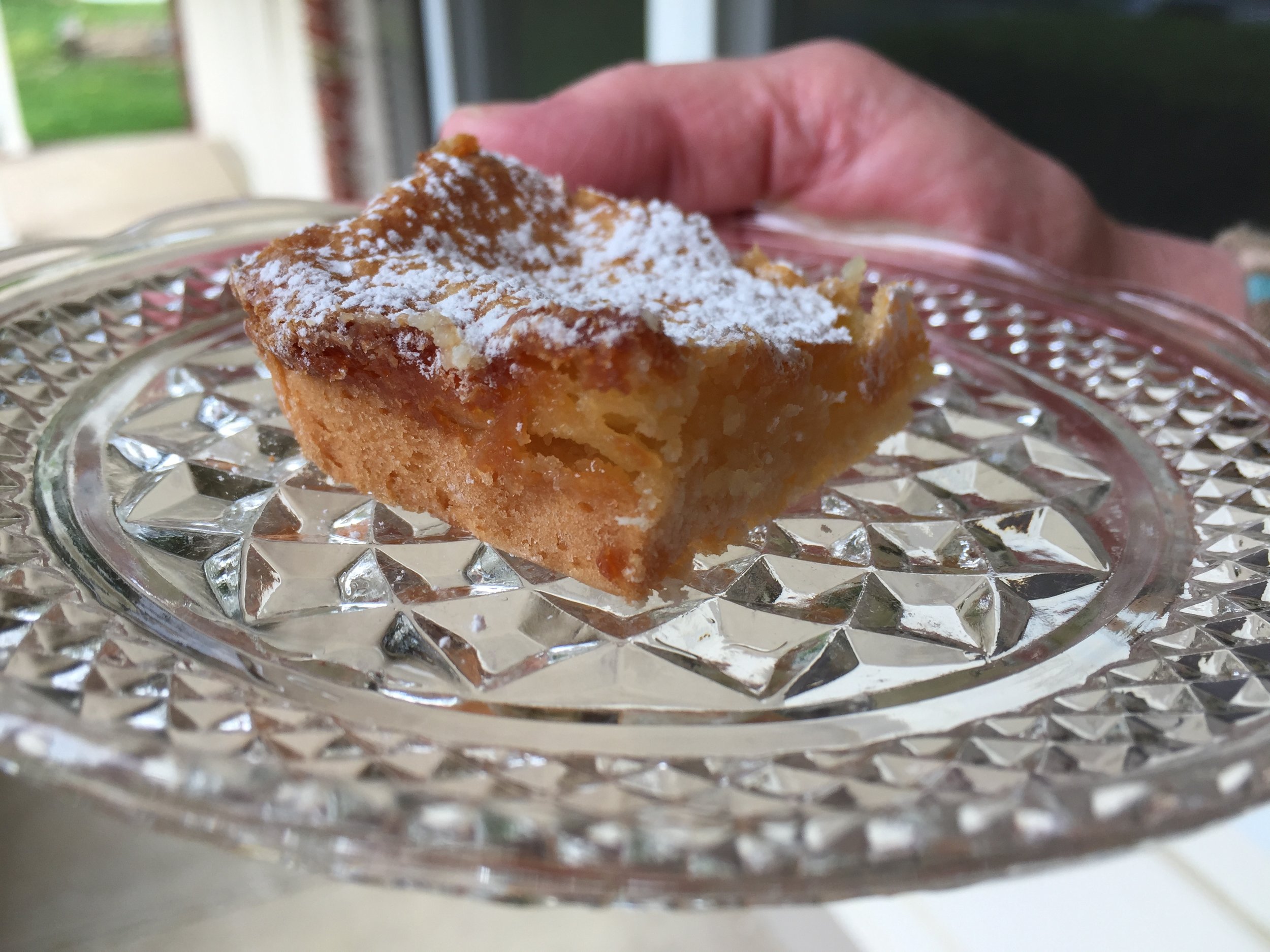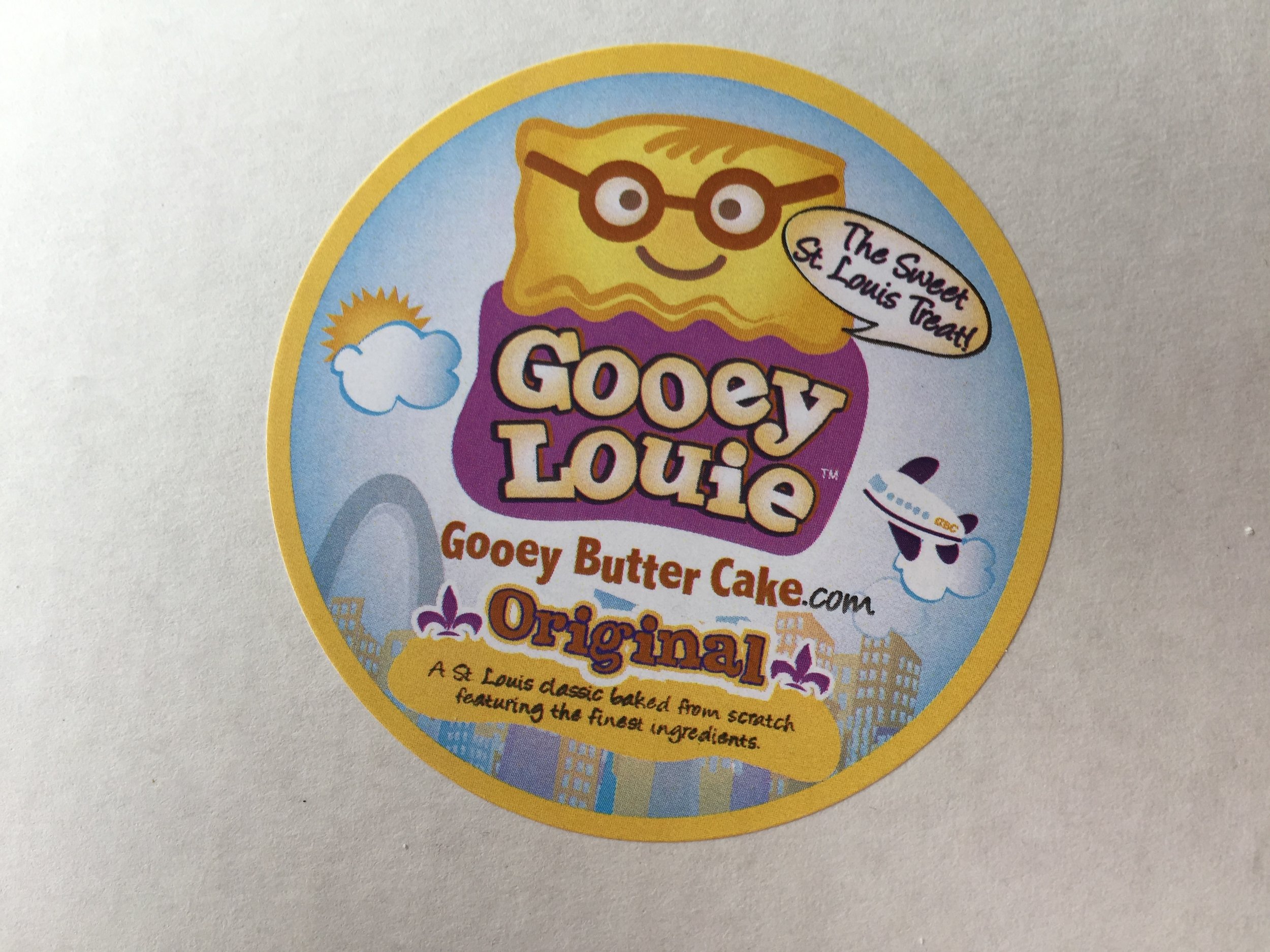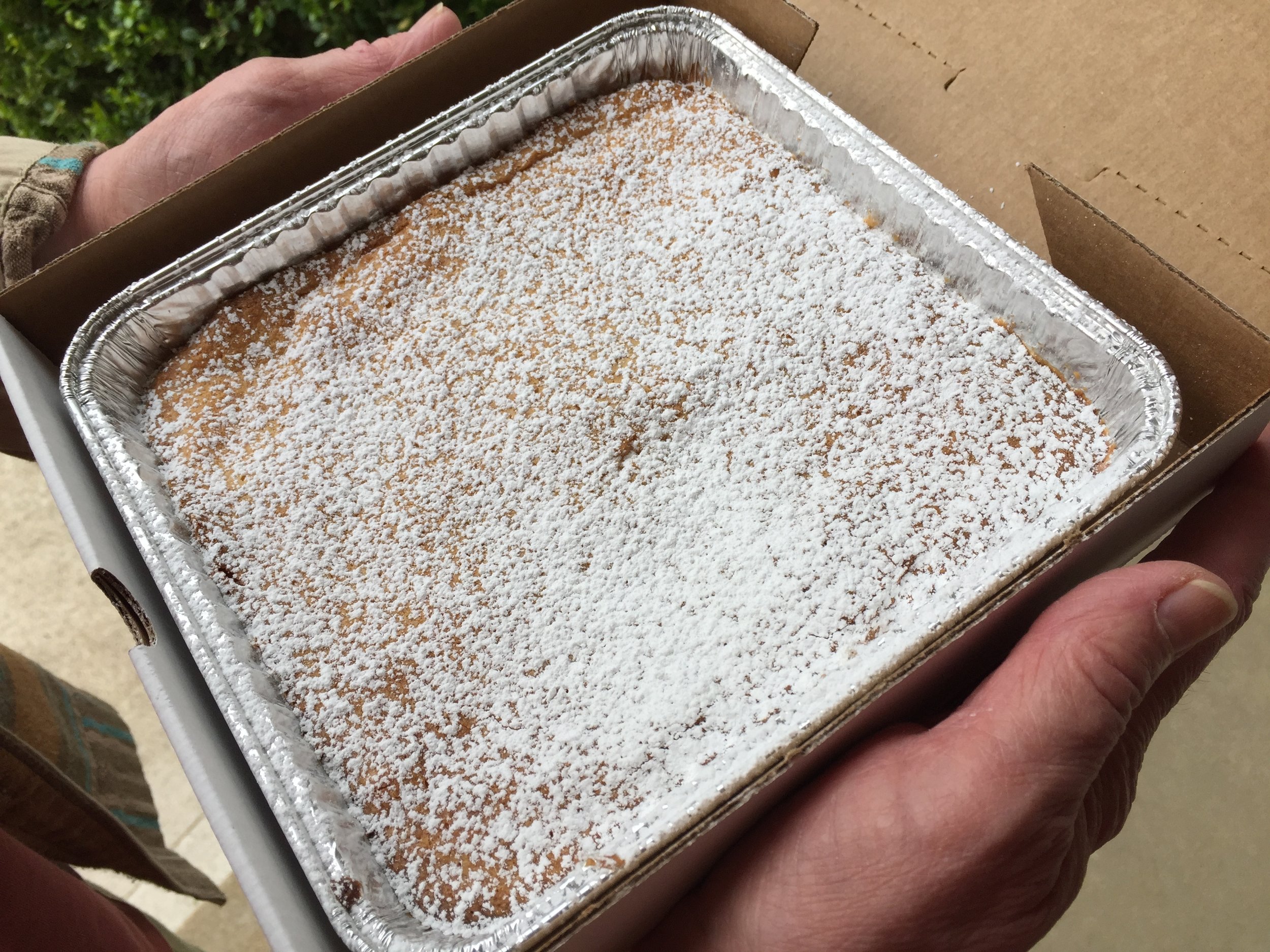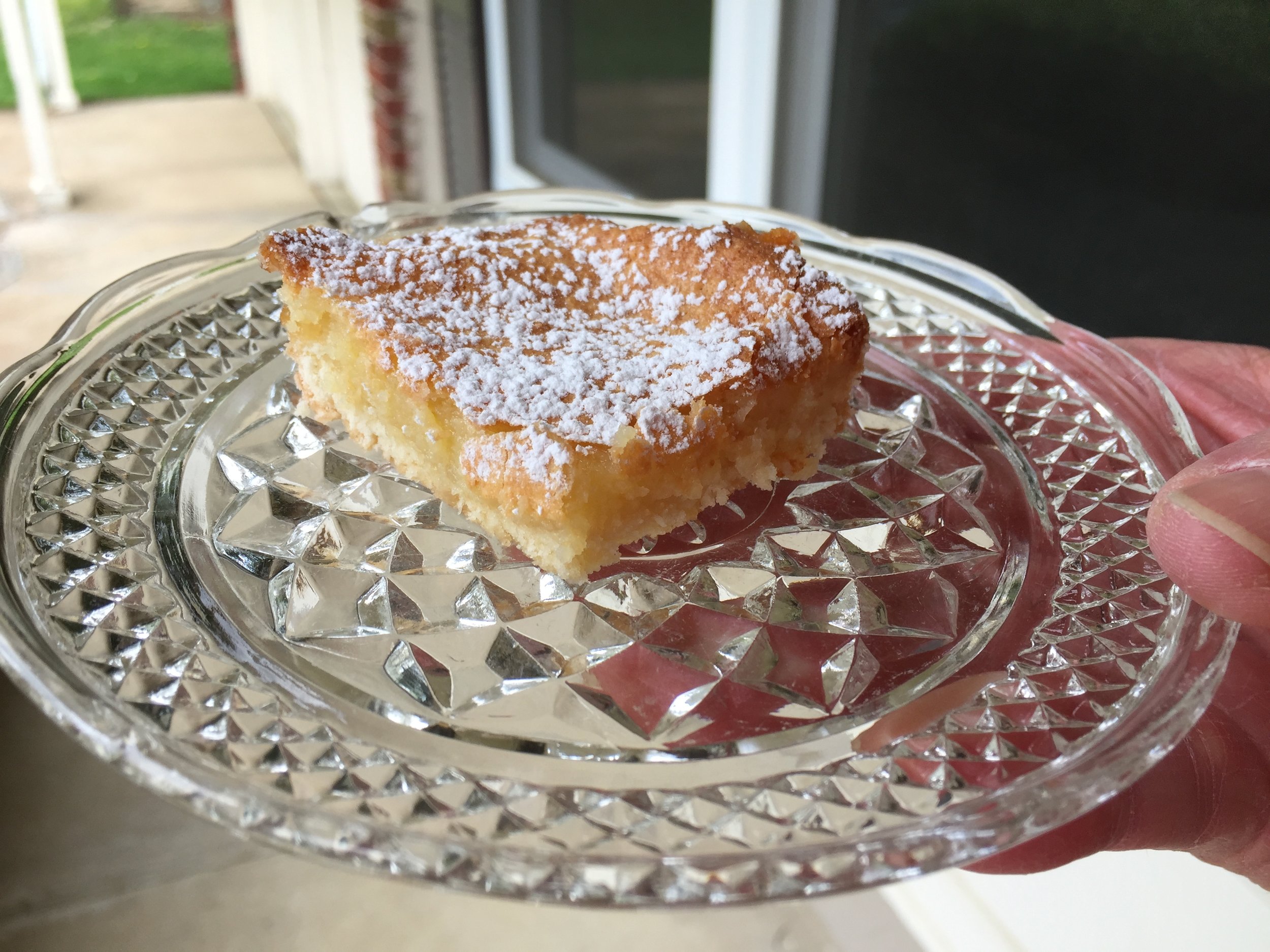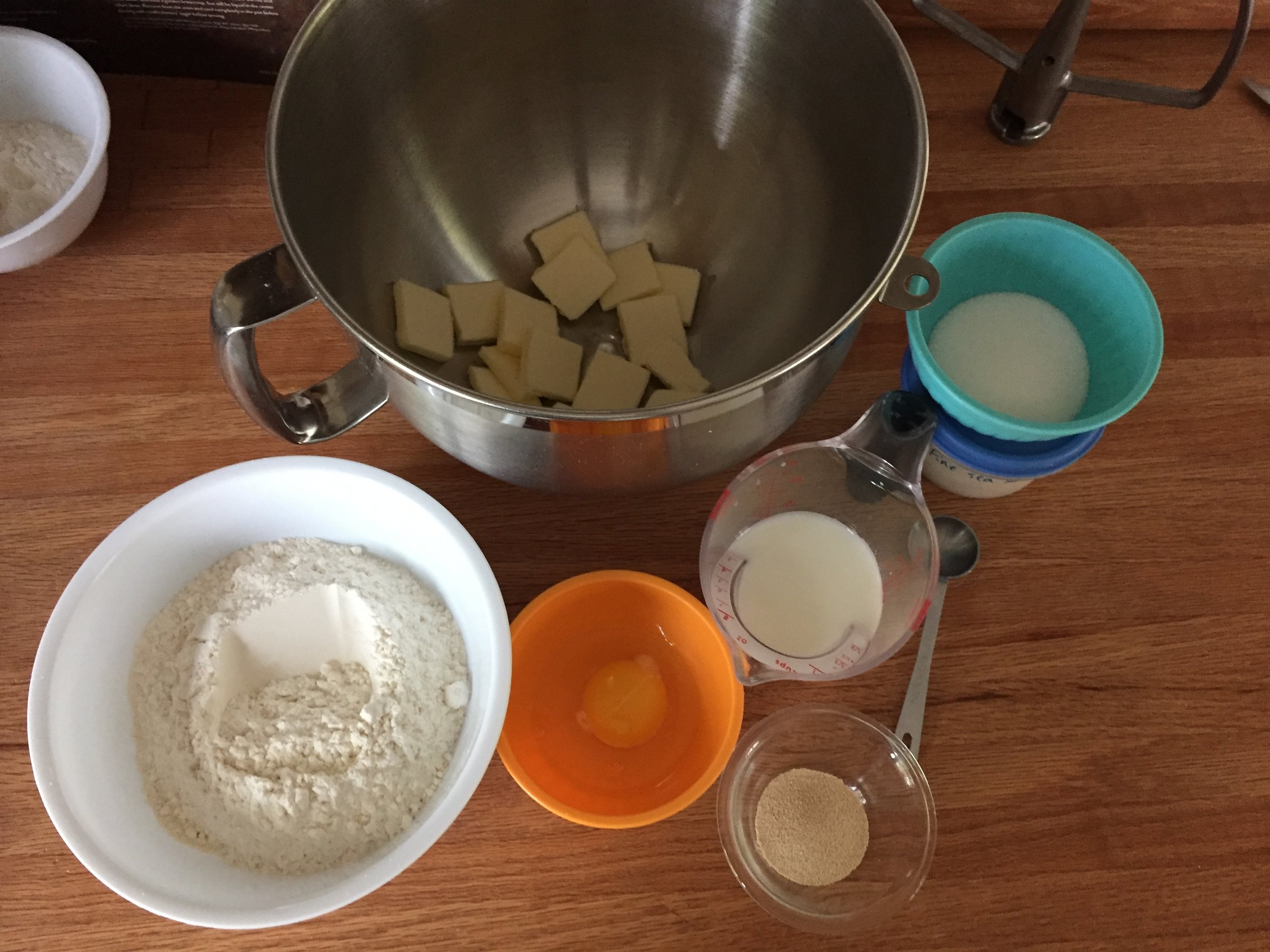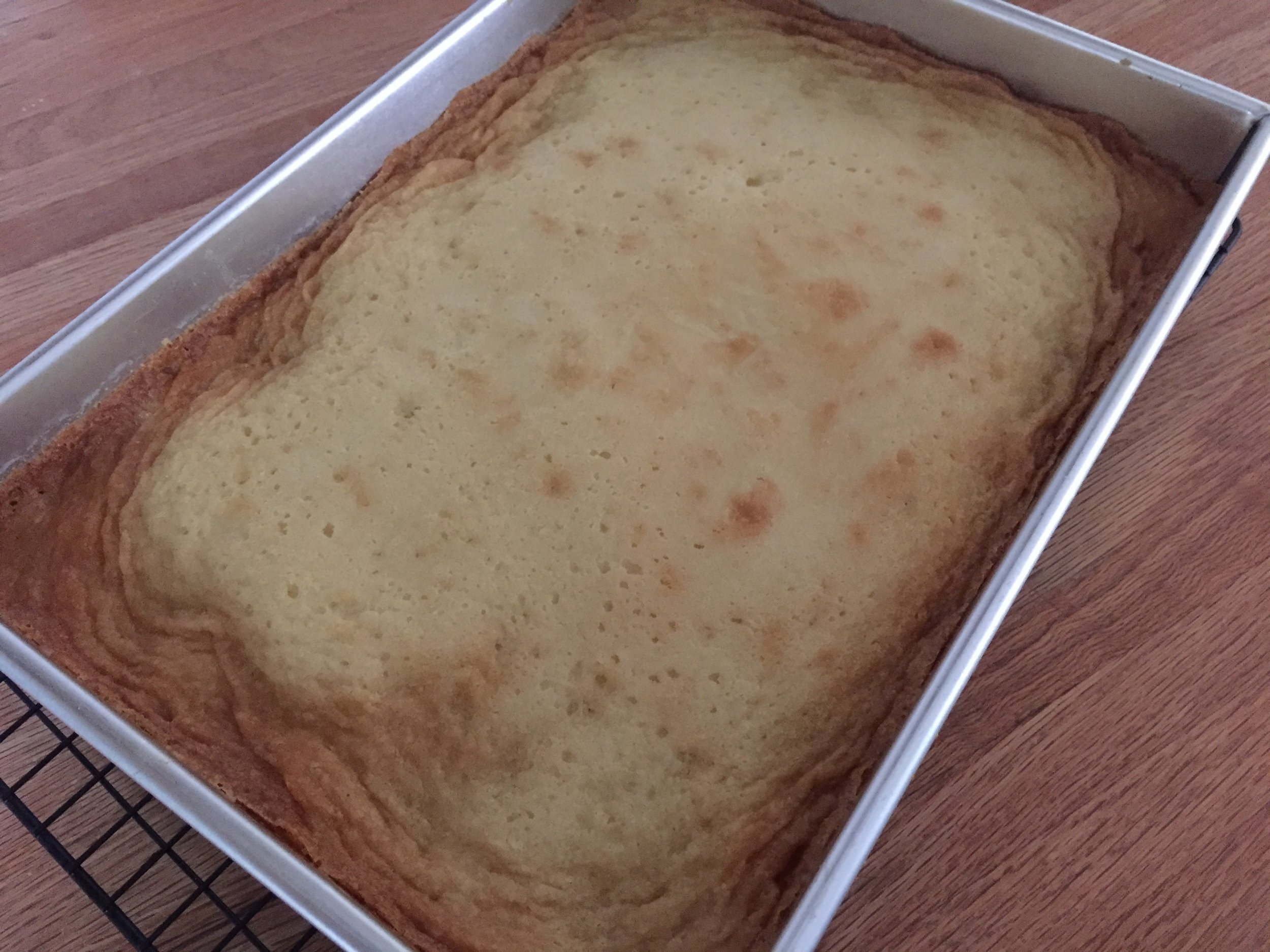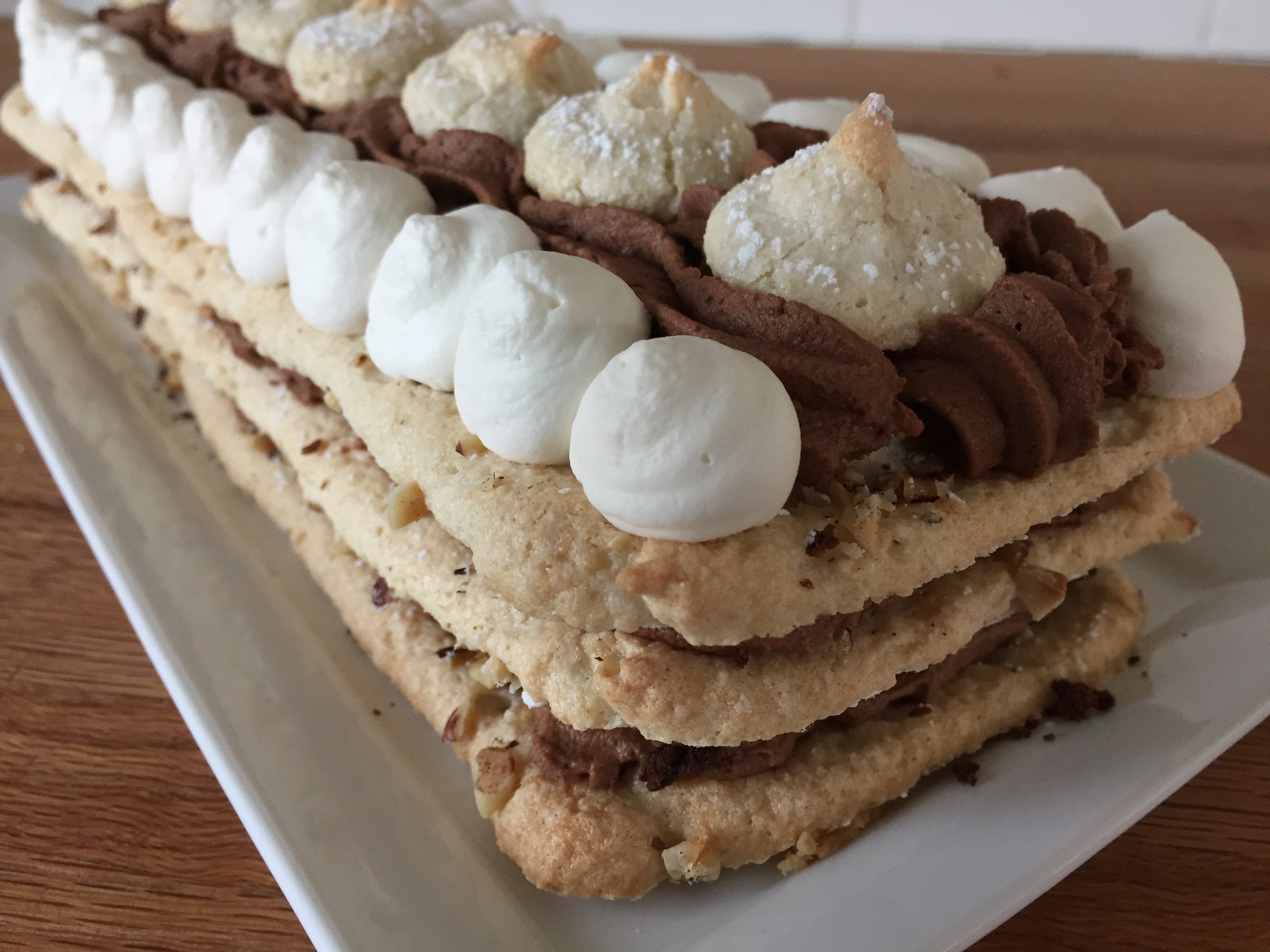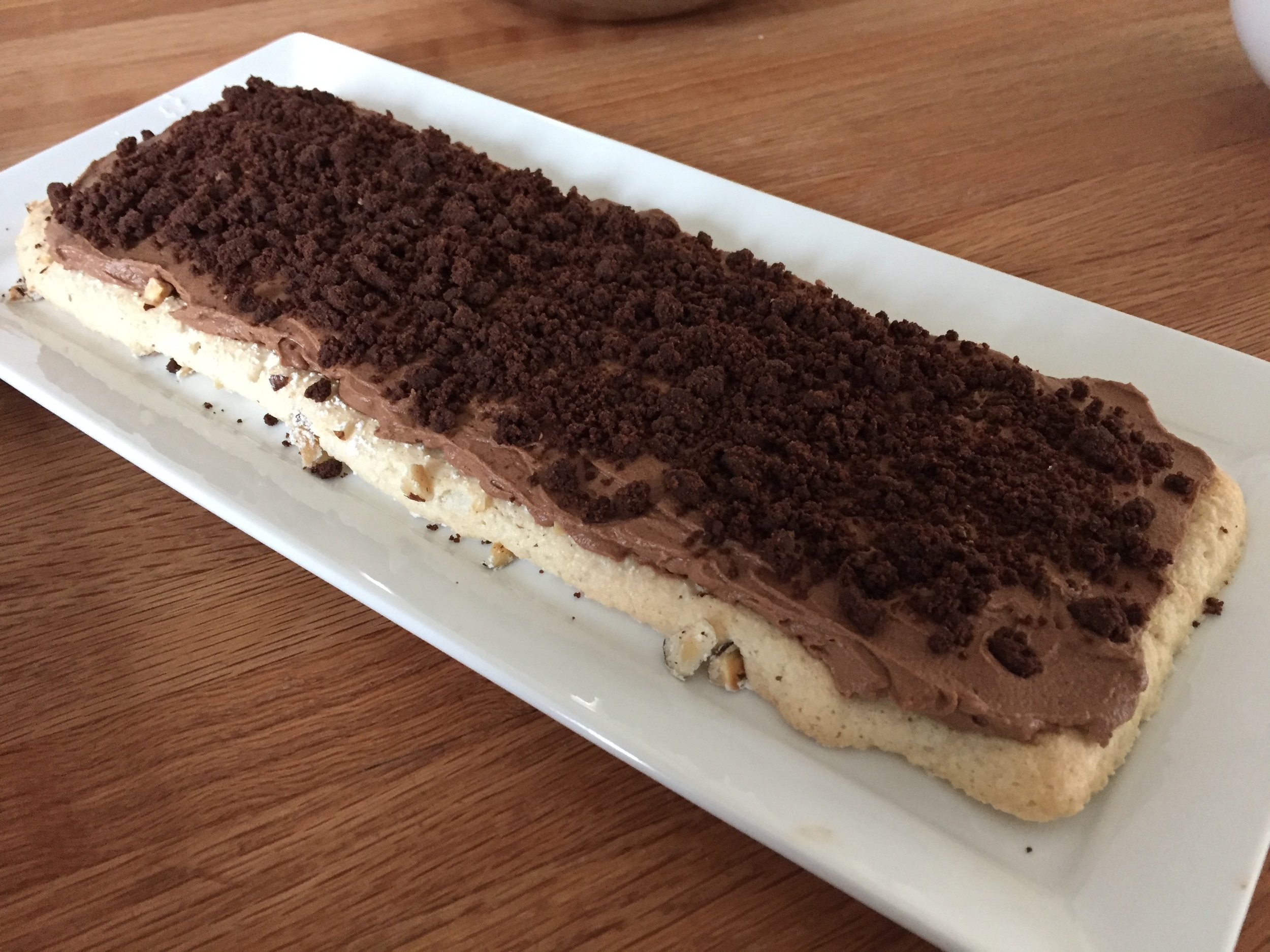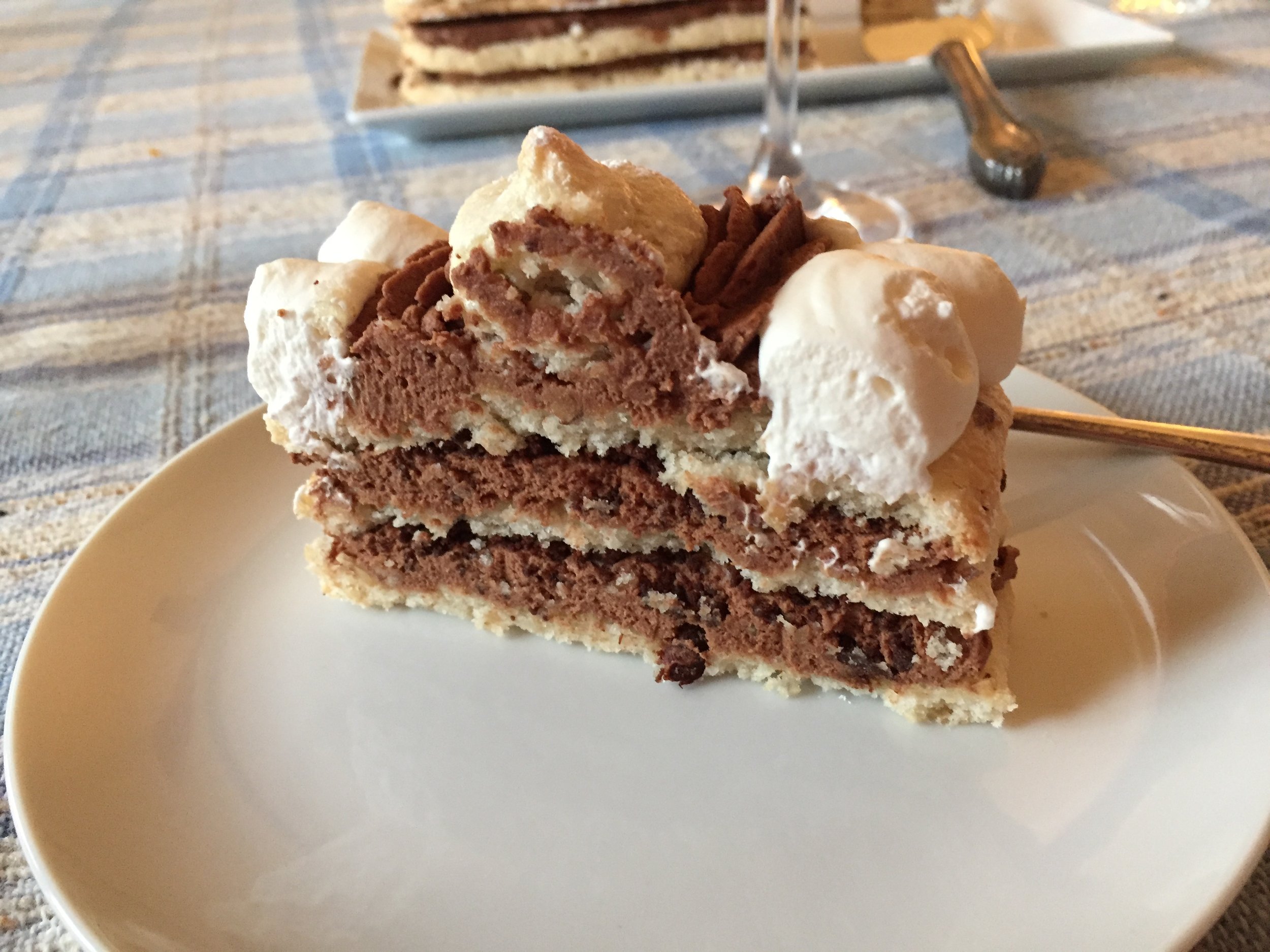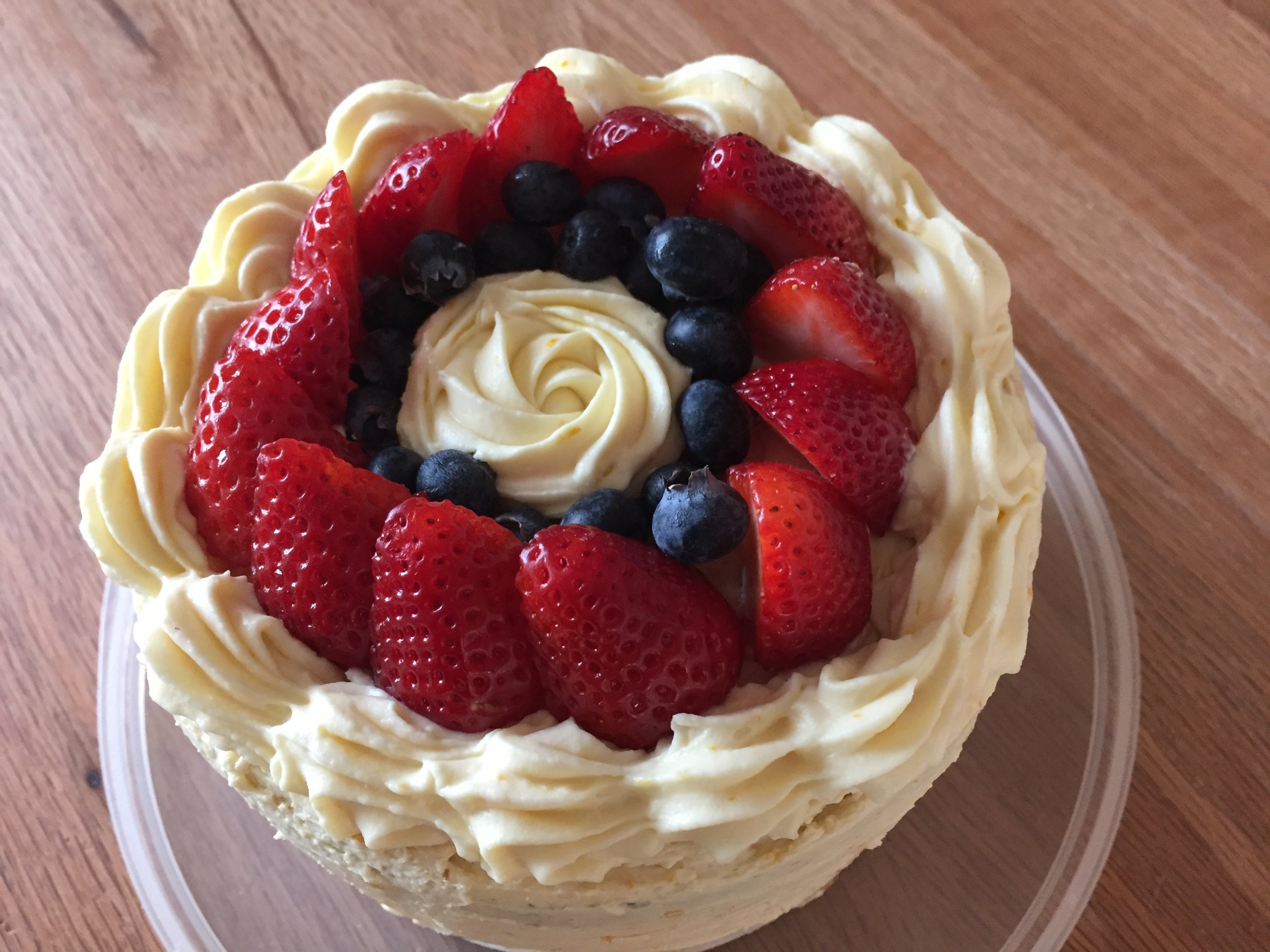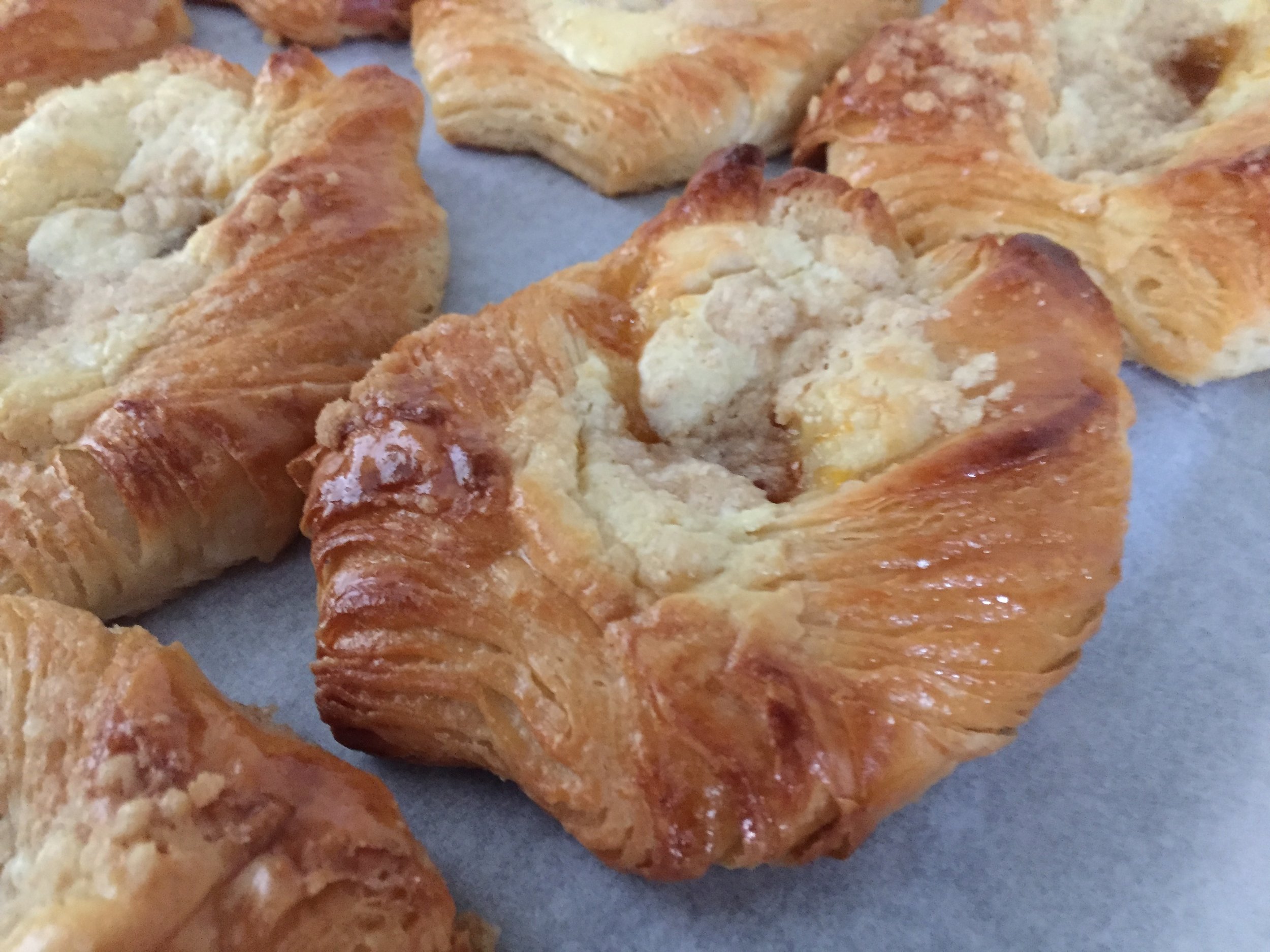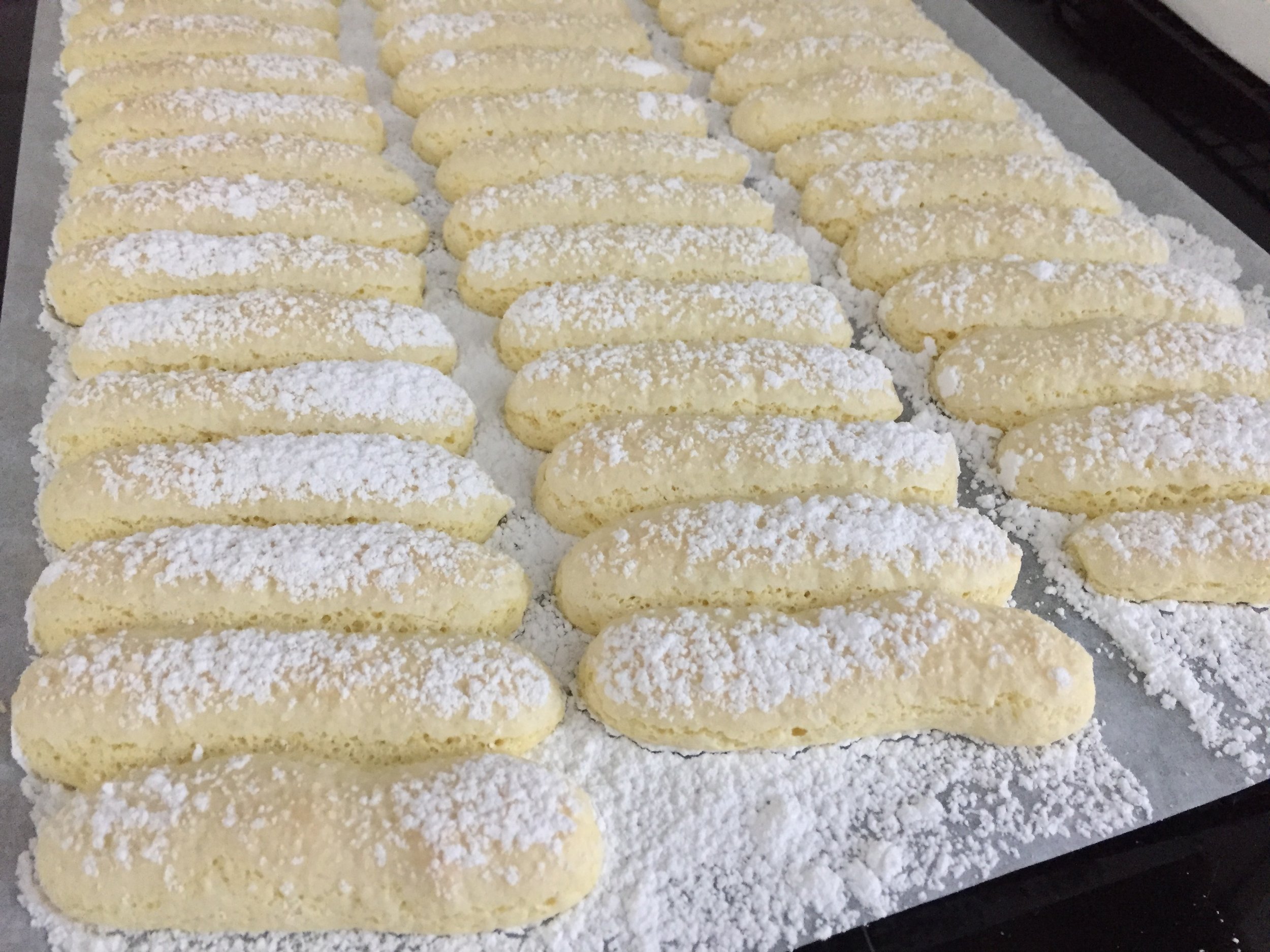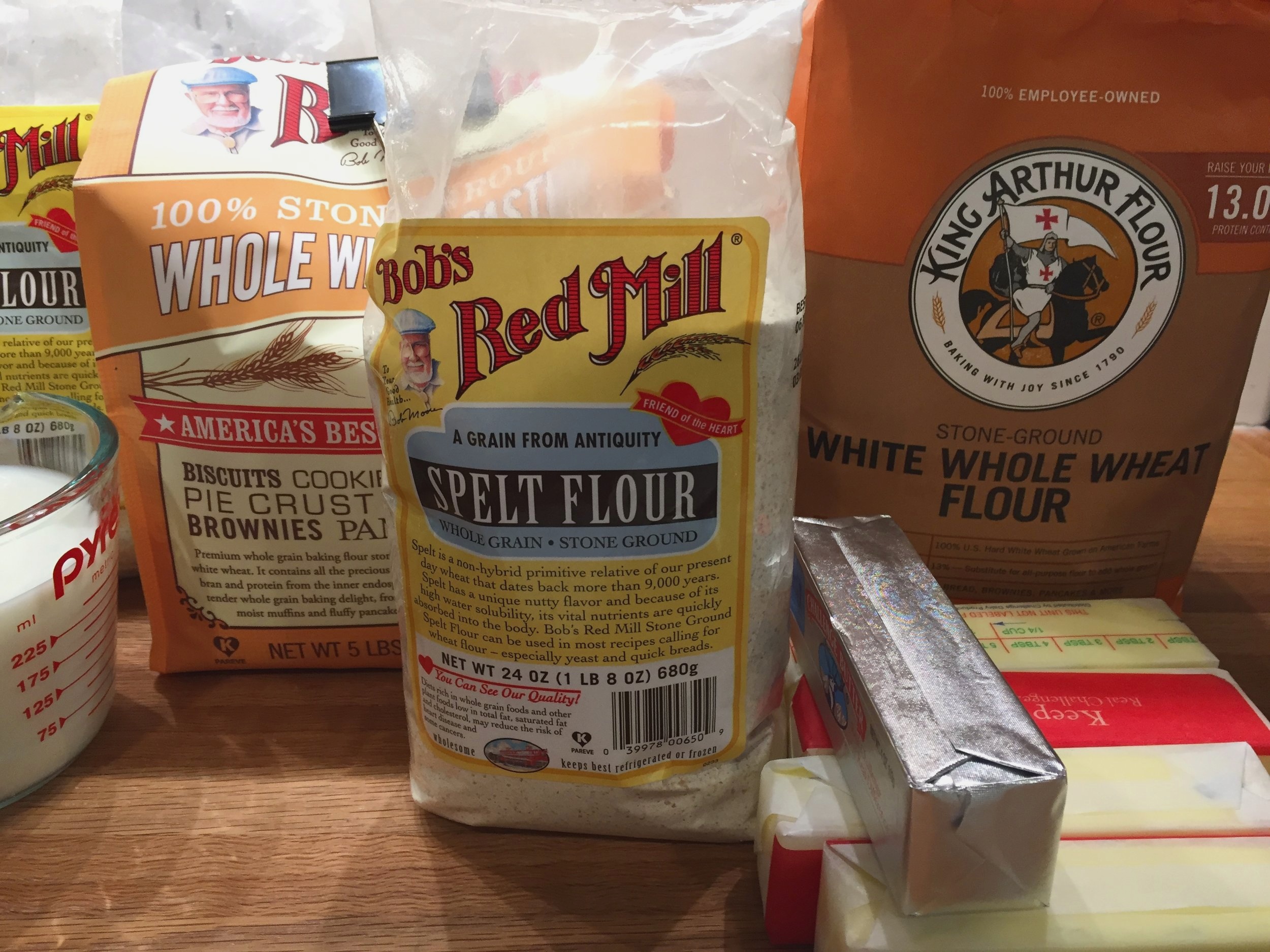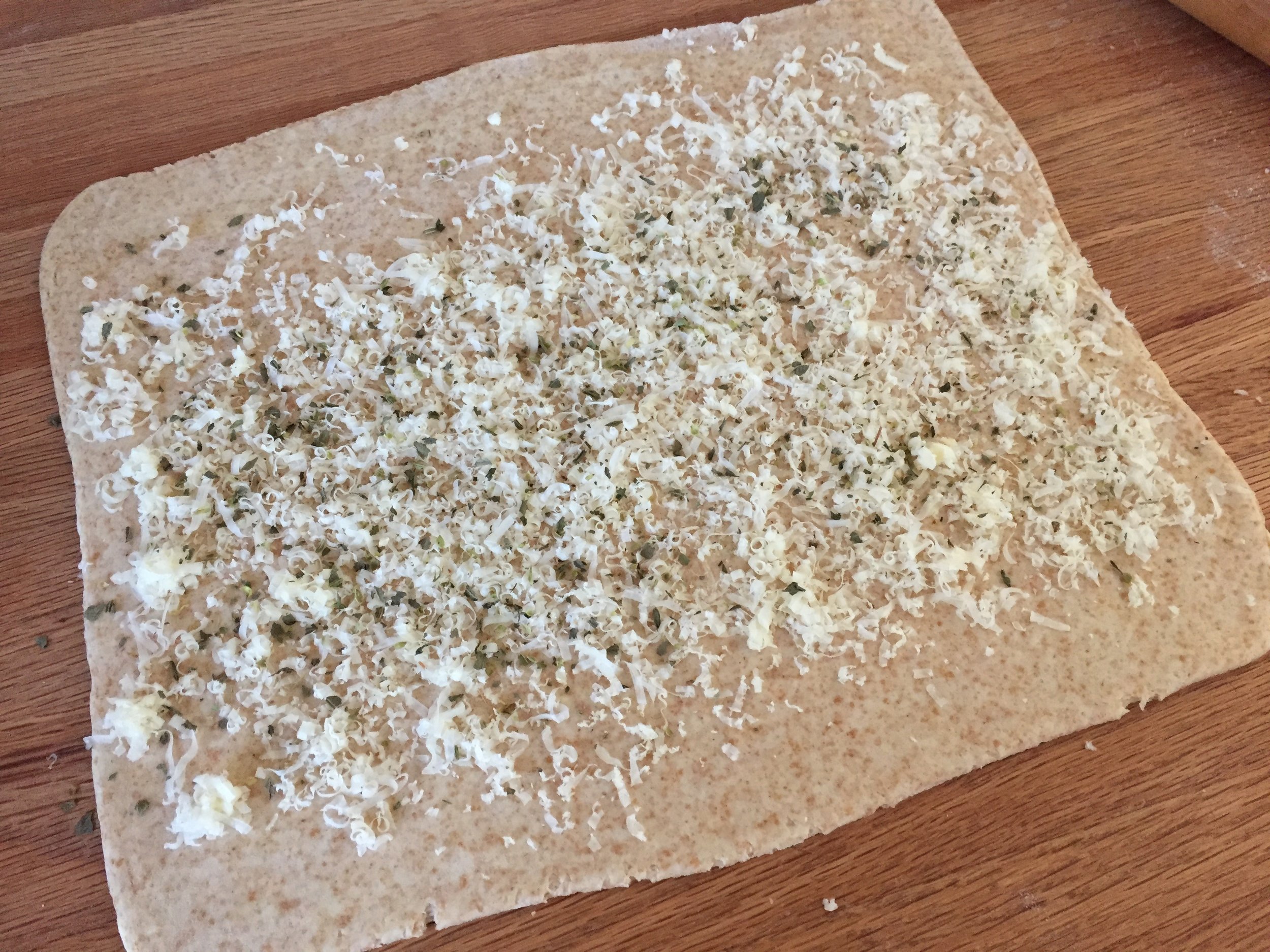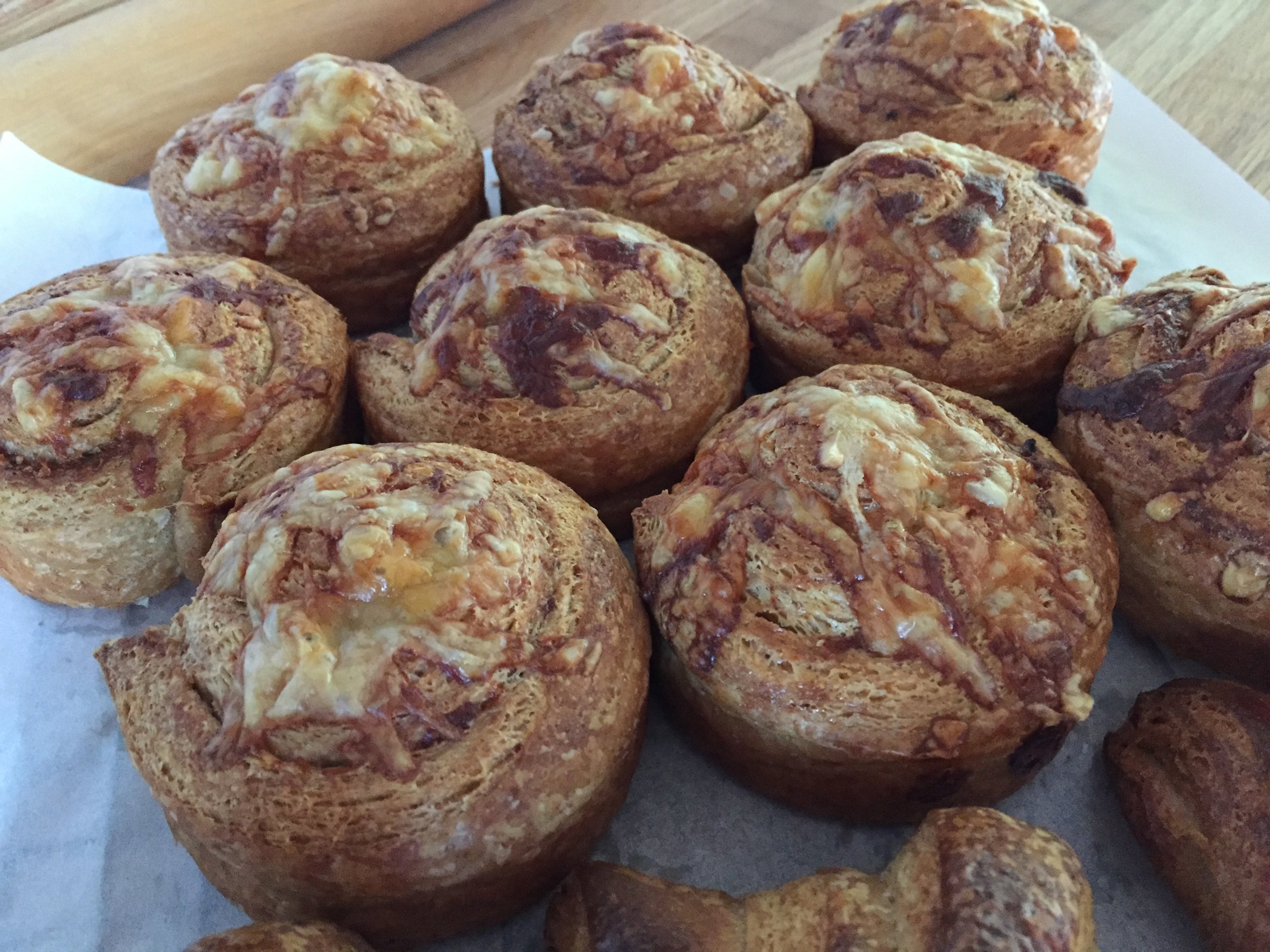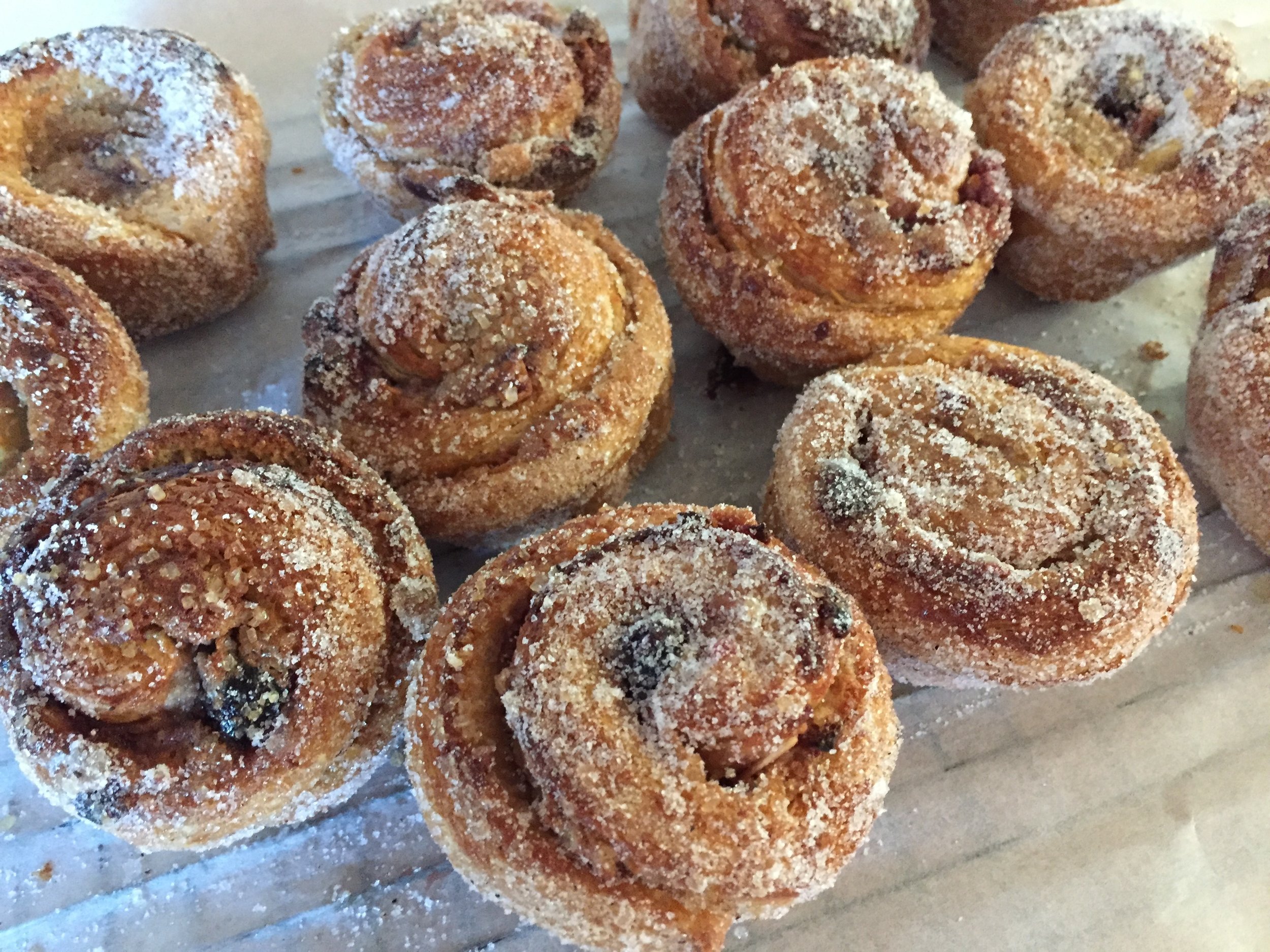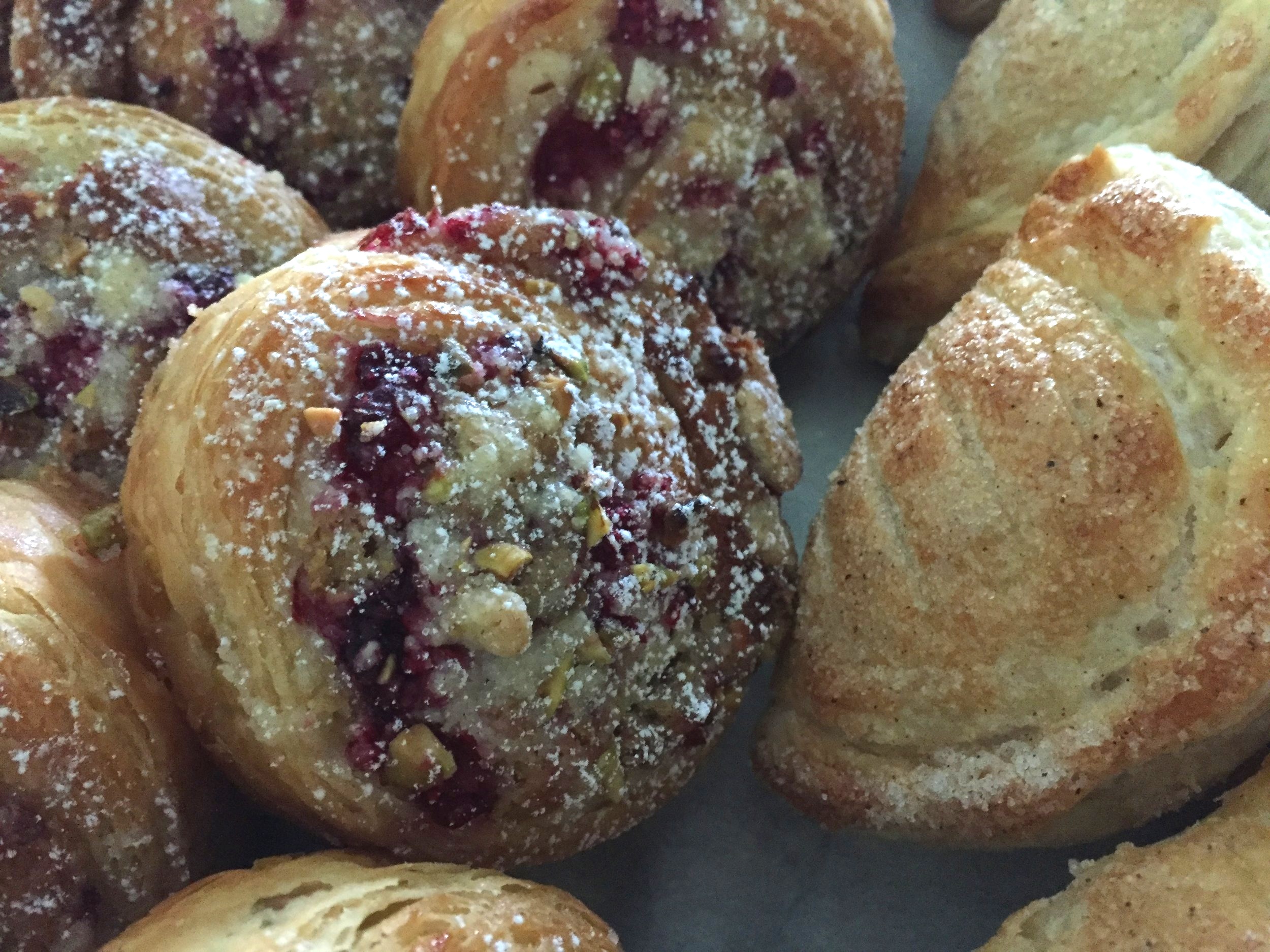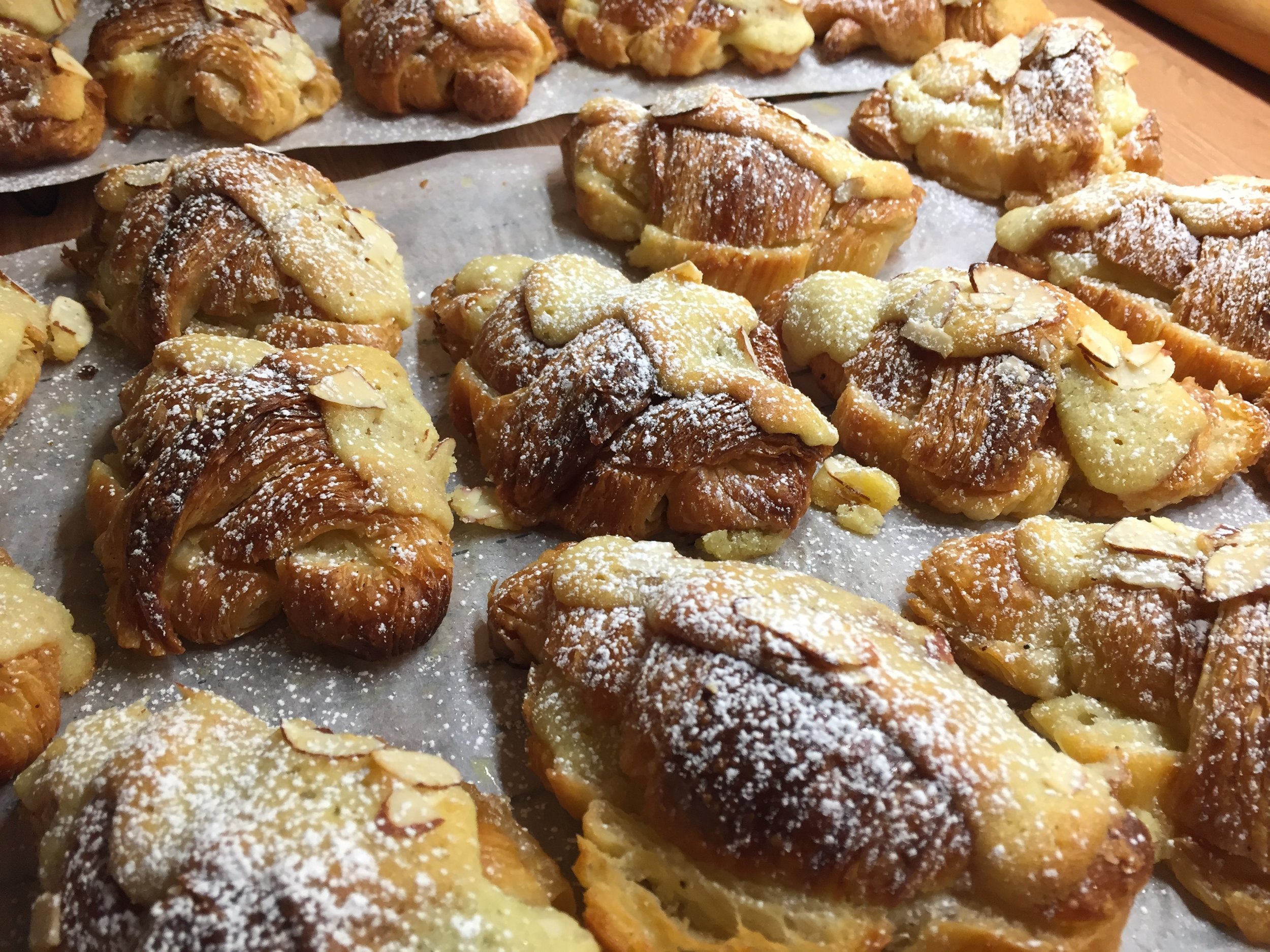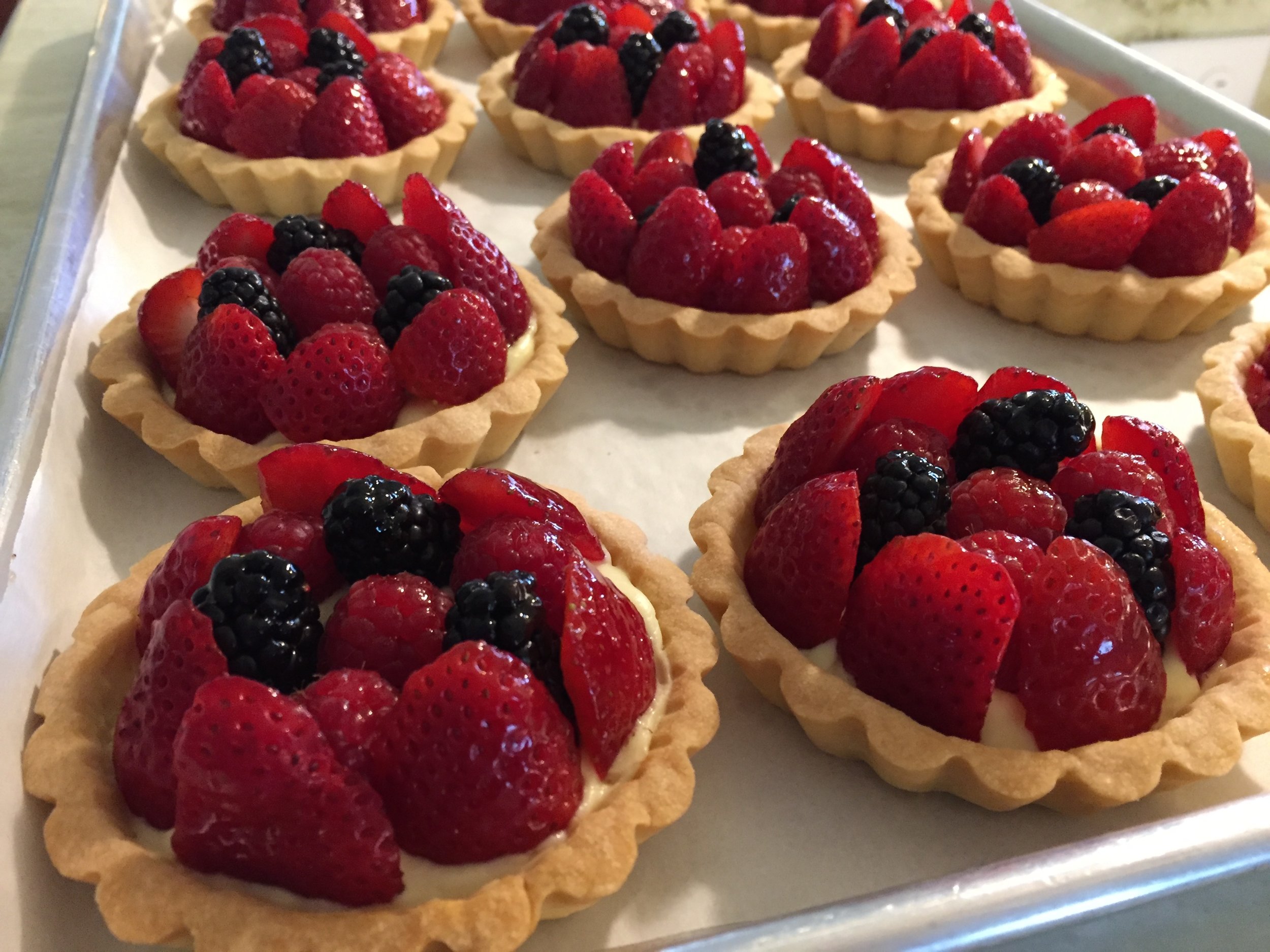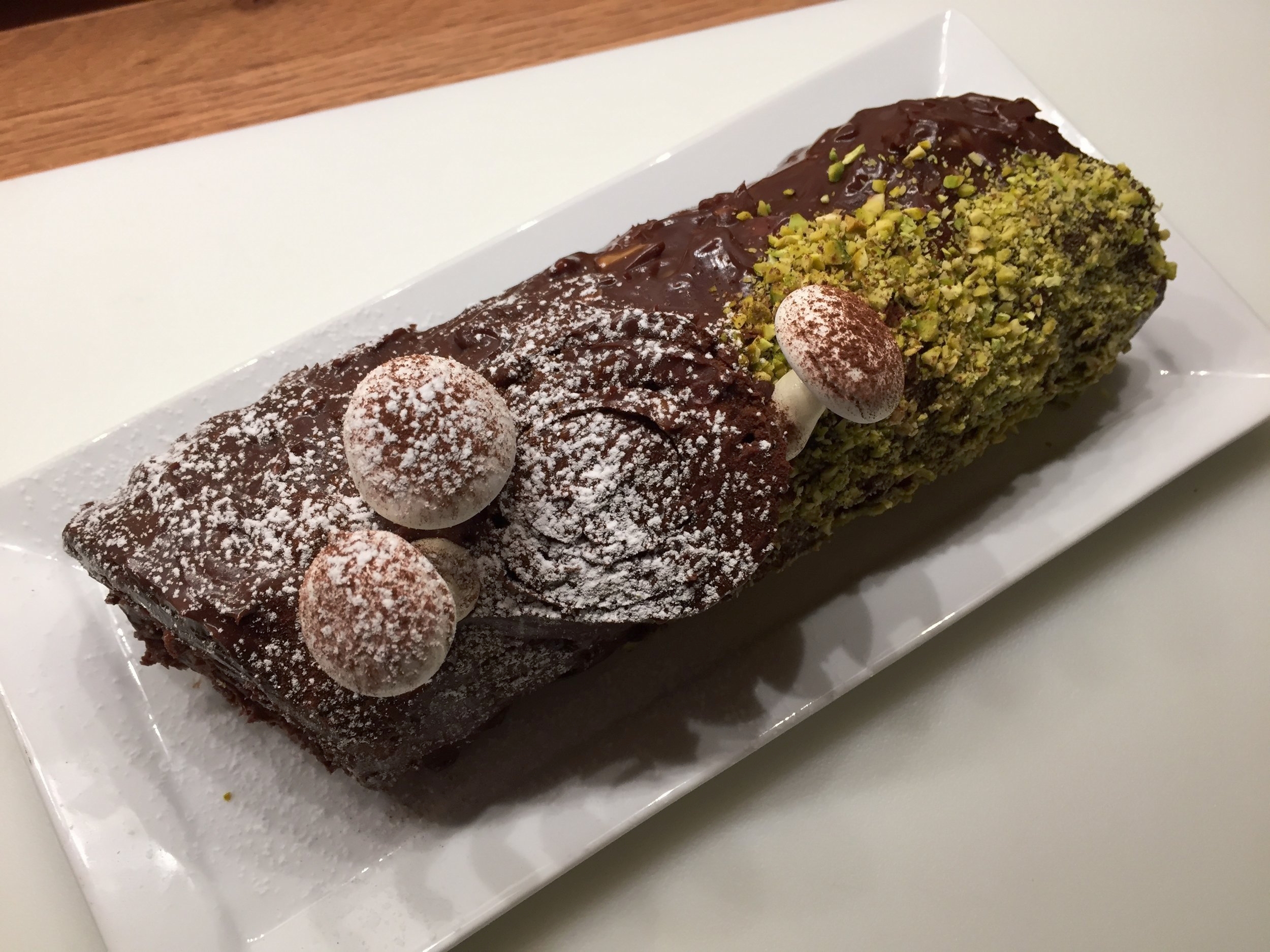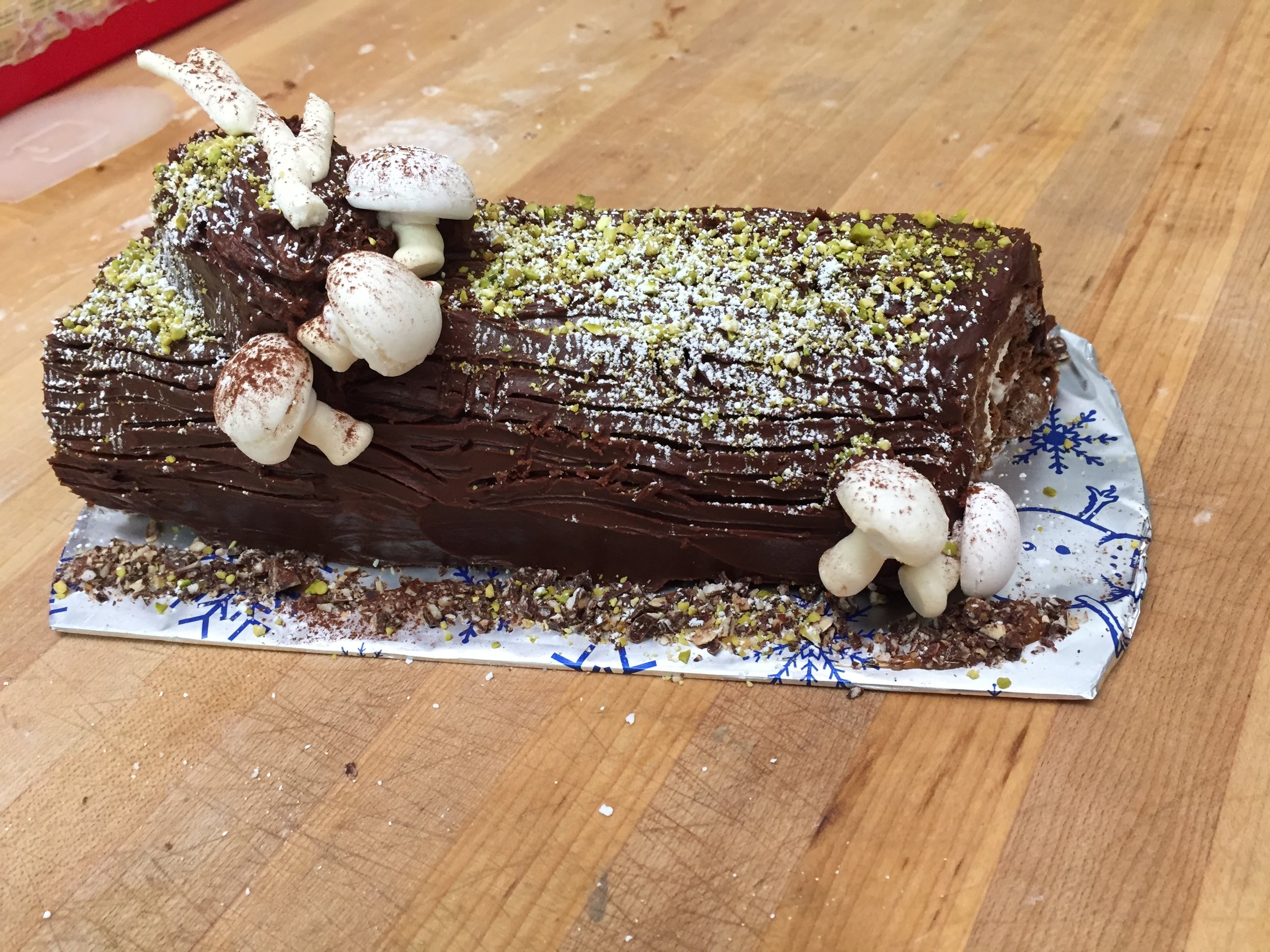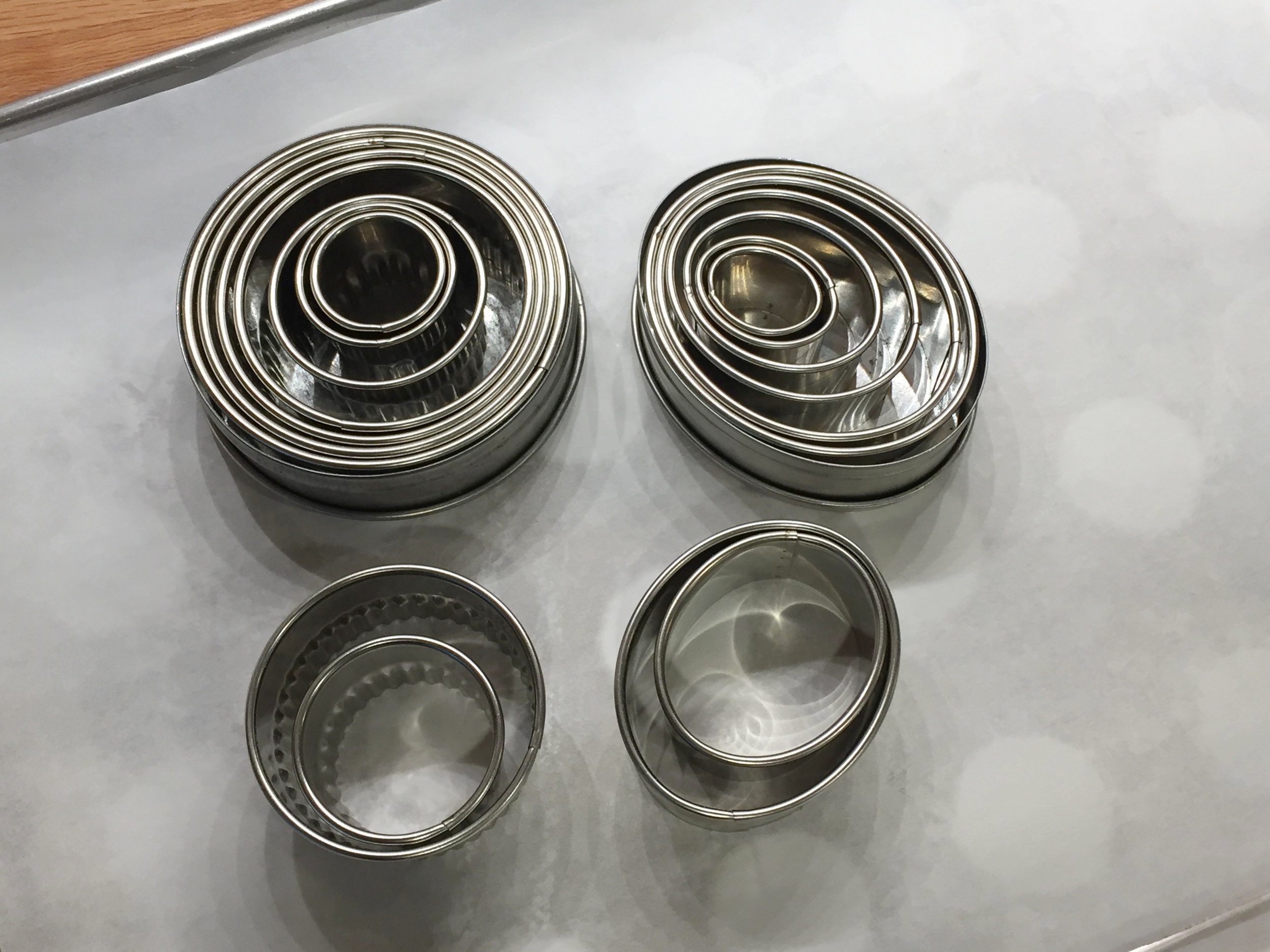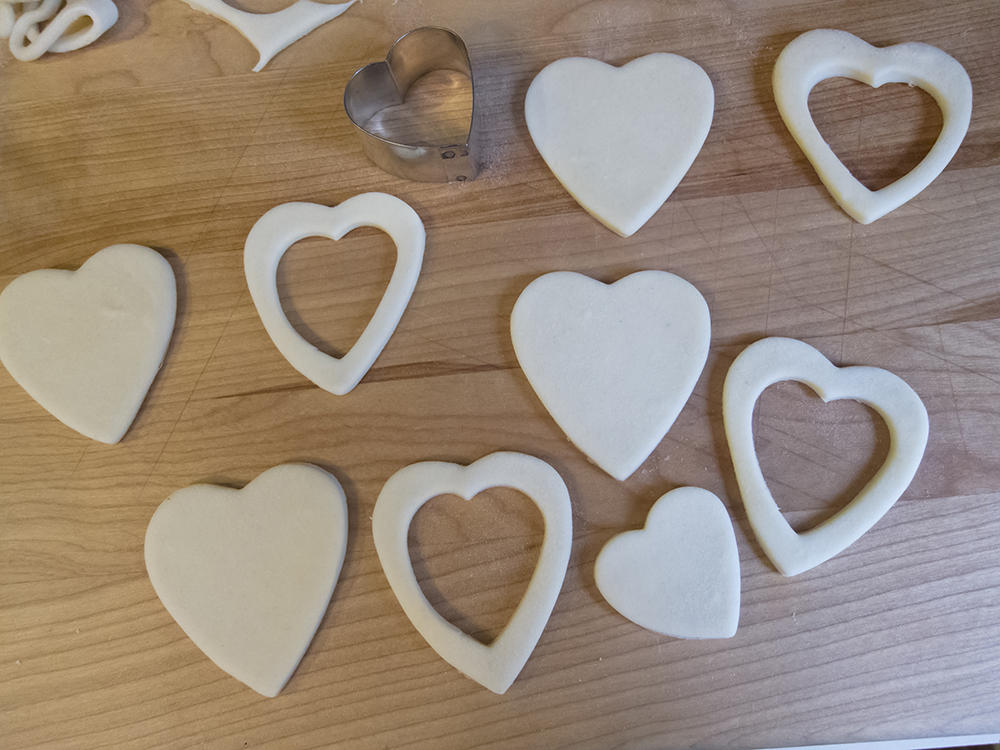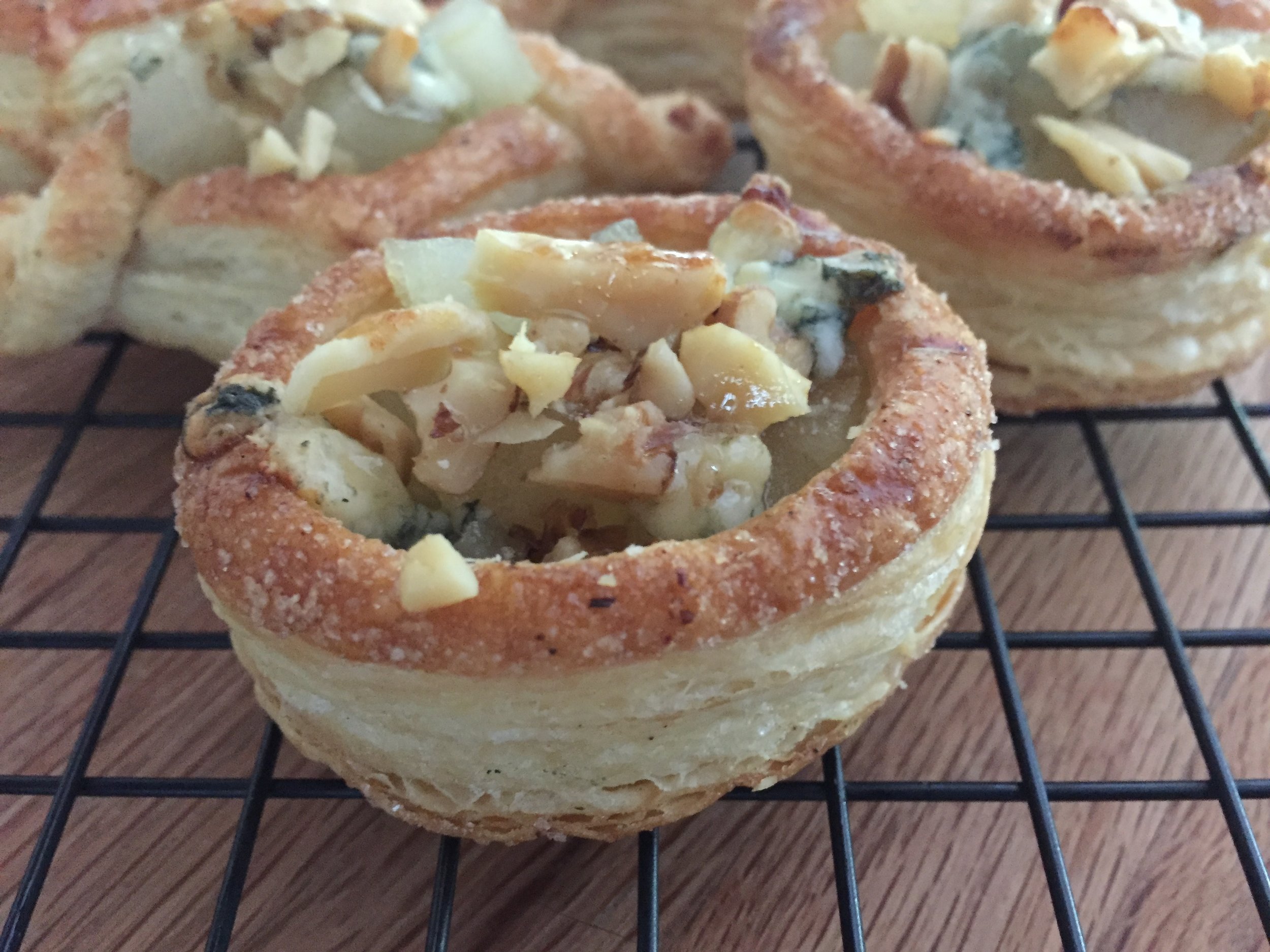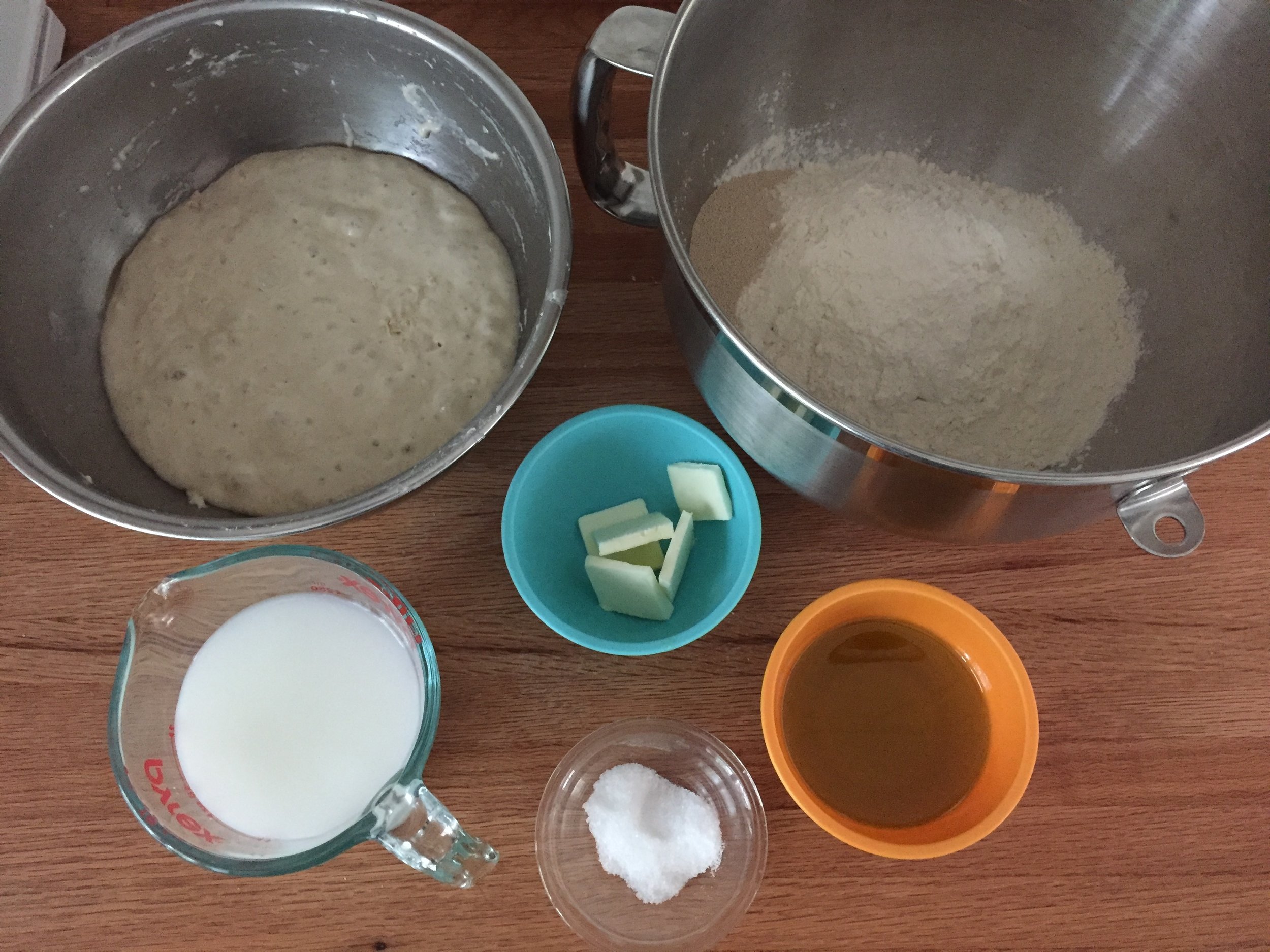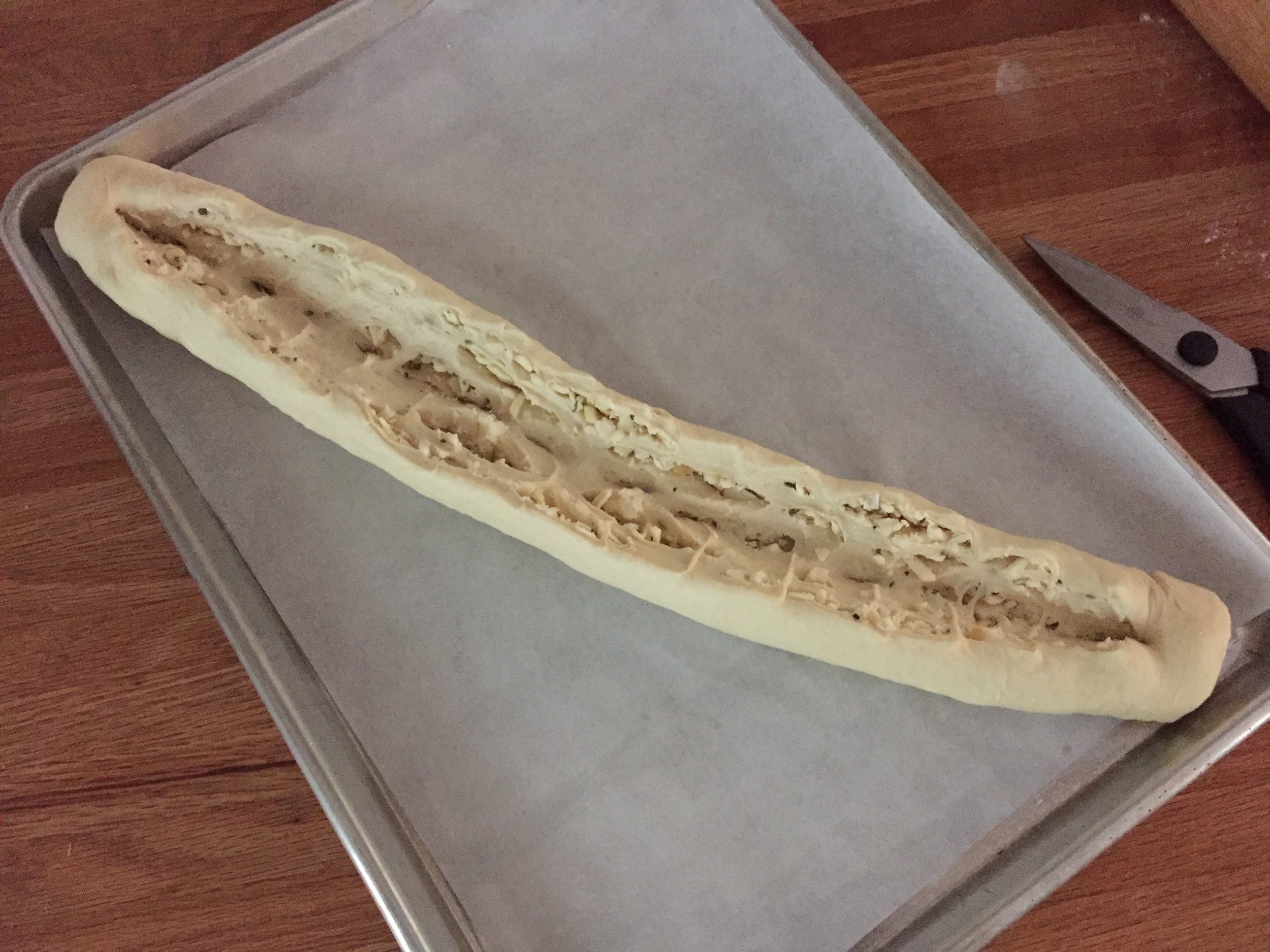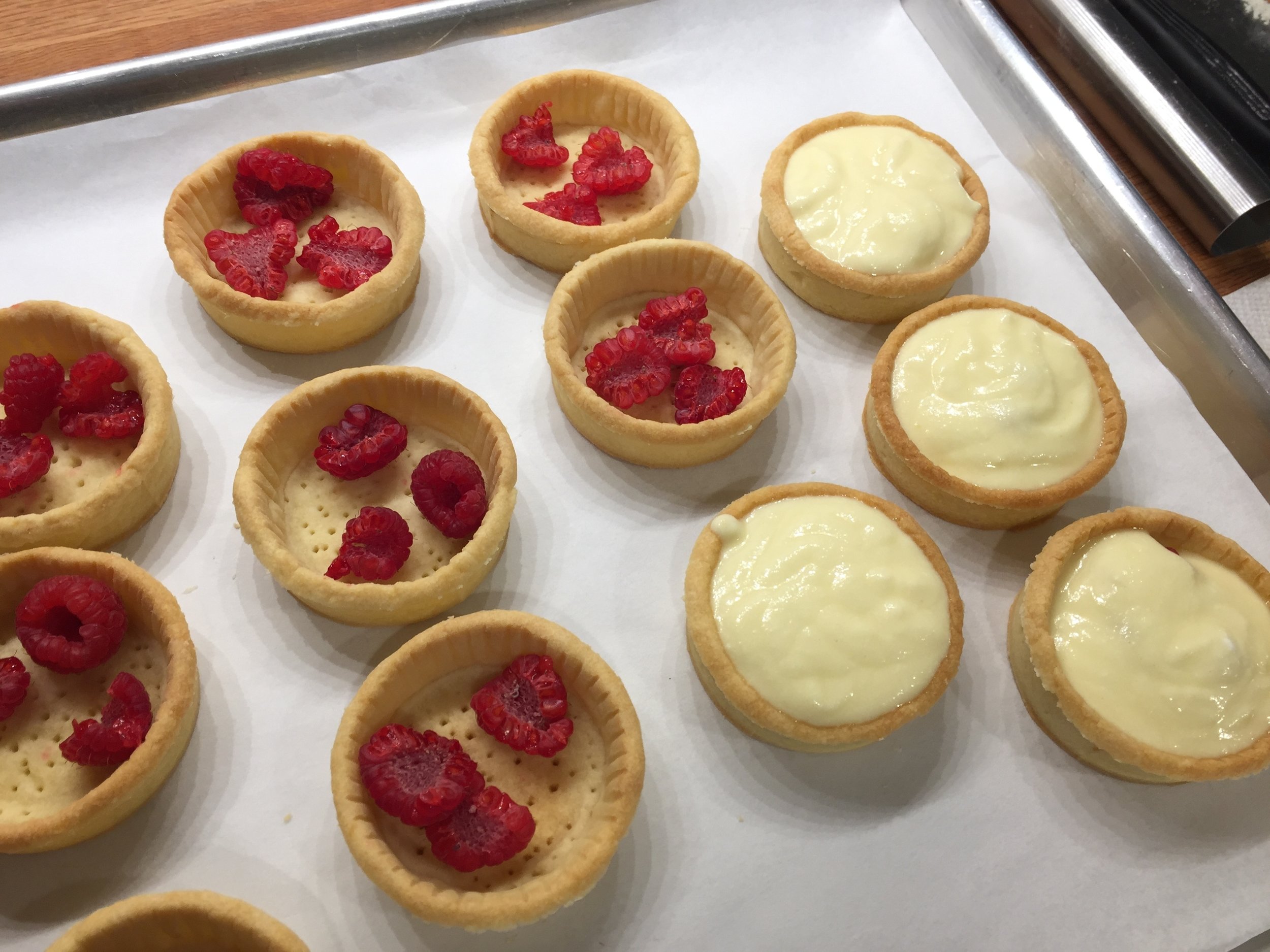Strawberry shortcake
/Recognizing the fleeting yet delicious strawberry season here in west Michigan I just had to share a little something with you on June’s quintessential summer dessert - strawberry shortcake.
What a difference between the often gargantuan looking engineered strawberries that we get from California and the smaller, succulent and so tasty berries from our local growers. Oh my.
California vs. Michigan
Whether you like yours assembled with a crumbly scone/shortcake/biscuit or a wedge of angel food or sponge cake, with lightly sweetened whipped cream or a scoop of chilly ice cream (think vanilla, strawberry or pistachio!), it’s definitely a seasonal favorite.
The spring board for this off-the-cuff post was a shortcake made recently during a teen’s summer culinary camp session at Sur La Table where I teach baking and pastry classes. The recipe is very similar to my usual scone recipe with a couple of tweaks: more cream and no egg. The result, especially warm from the oven, has just the right crispness on the surface and a dense yet light melt-in-your-mouth texture inside. Yum. Yum.
And ya wanna know the cool part? The dough is made in the food processor! I’m here to tell you that I’ve been a staunch “by-hand” scone and flaky pie dough maker for a long time without the need (or desire) for gadgets. Give me a simple dinner fork, bowl scraper, bench scraper, small offset spatula, paring knife, silicone spatula for many dough mixing and bench top projects and I’m in heaven.
Ahhh . . . . but wait. I am now on the best of terms with the food processor for those flaky doughs made with cold cubed butter - quick pulses and voilà! Think your best pâte brisée, quick puff pastry, buttery scones and biscuits - all of ‘em!
Here’s the shortcake recipe:
1. Heat the oven to 425ºF. Have a parchment lined sheet pan ready.
2. Cube 113 g (1 stick/4 ounces) cold unsalted butter and hold it in the freezer until ready to mix.
3. Have one cup of cold heavy cream standing by in the fridge.
4. Place 260 g (2 cups) all purpose flour (or 60 g whole wheat pastry flour + 200 g a.p. flour), 50 g (1/4 cup) sugar, 8 g (2.5 teaspoons) baking powder and 1/4 teaspoon fine sea salt in the bowl of a food processor. Pulse it a couple of times to mix.
5. Add the cold cubed butter and pulse briefly several times to break it up - you WANT pea to pecan-half size pieces of butter left!
6. Add the cream and pulse again briefly several times just until the dough comes together.
Turn the mixture out onto a lightly floured surface and lightly squeeze any clumps together. Don’t overwork. Form a 4”x8” rectangle and cut 8 squares.
7. Place the squares on the prepared sheet pan, brush tops with cream and sprinkle with coarse sugar. Place the sheet in the freezer for 10-15 minutes then bake about 15 minutes until the tops are golden brown.
8. Cool or serve still slightly warm with fresh strawberries and whipped cream or ice cream of choice.
Either split your shortcake/fill it/cap it and top with berries and cream or simply leave it whole and pile on the goods, it’s up to you. You can even chunk it up in a bowl and crown it with creamy, fruity goodness. Any way you do it, it’s superb!
Here’s to lots more summer berries. Enjoy!




















